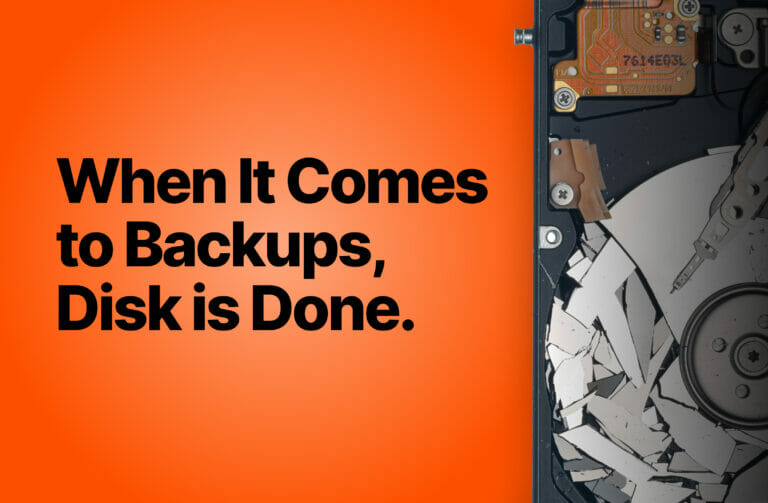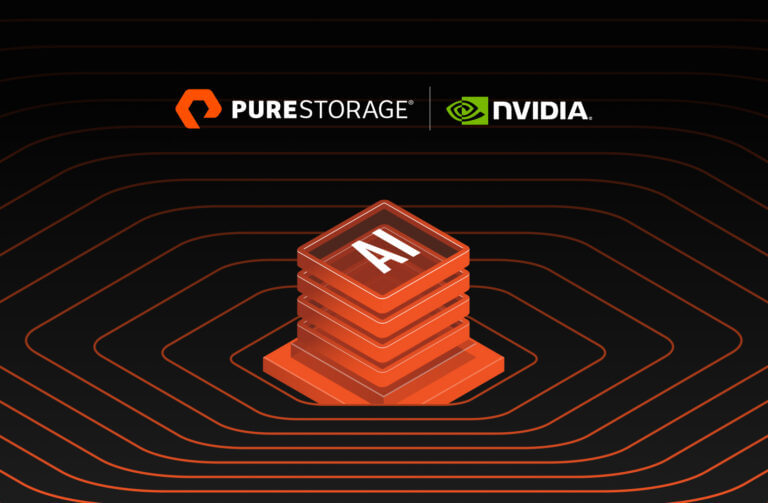How do retailers prepare for unplanned events? It’s an important question for anyone managing retail storage infrastructure in the industry.
While unexpected bursts in web traffic can strike any business, it’s becoming particularly common in retail. Retail storage has always been a bursty business, but it used to be more predictable. If your company were having a major sale, you could expect a boost in web traffic. But social media has changed the landscape. Successful influencers can spike the popularity of a product in just hours.
A prominent influencer posting a photo of themselves featuring a retail item—a pair of sneakers, a dress, a new gadget—can result in an immediate explosion in web traffic. This phenomenon even received a name in 2018, the “Meghan Effect,” after Meghan Markle’s wardrobe choice caused a retailer’s website to melt down—twice.
The impact of website failures can be severe. One study found that a three-second delay in web page load caused 40% of consumers to abandon the site. Making matters worse, 46% of users who have a bad website performance experience will not revisit the site.
Predict and Prepare for Peaks
While many factors impact website performance, data storage is a common bottleneck. Part of the challenge stems from how retail organizations typically purchase storage. Using a CAPEX-based model, retail IT teams have little choice but to buy storage to meet known peak periods.
In legacy scenarios, a retailer has to buy enough performance and capacity to meet the end-of-year holiday surge, as well as a mid-year peak for a big summer sale (Figure 1).
Figure 1: A retailer’s capacity costs vs. actual use throughout the year with legacy purchasing models.
The retailer is paying for 12 months of peak performance when it only needs that performance for about 3 months of the year. Even then, there’s often a performance crunch at peak times when traffic surpasses the expected level. This example rules out unexpected spikes, but those are possible as well. And when storage gear gets old and can’t meet performance needs, the only answer is a painful forklift upgrade to a newer kit.
So other than overbuying and tying up capital, what can an organization do? The answer: Go with an as-a-service buying model like Evergreen//One™.
Protect Peaks without Penalty
With Evergreen//One, you get a reserve capacity of on-premises storage that you use throughout the life of the contract at a discounted rate. If you exceed your reserve capacity during peak times, you simply move into on-demand capacity at the standard rate. On-demand capacity eliminates the risk of either purchasing too much or too little storage. And it accounts for the unpredictable nature of seasonal workloads and spikes.
With Evergreen//One, the same retailer would see something like Figure 2:

As your storage needs increase, Pure proactively scales up the infrastructure and capacity. Pure monitors usage and automatically adds capacity when you exceed 80% of your allocation. Evergreen//One also maintains 25% headroom (at no cost to you) above your actual usage. This helps ensure there’s always elastic and available capacity, so you never outgrow your storage. It’s the perfect solution to the unique challenges of retail IT. And it’s the best way to prepare for the unexpected.
Evergreen//One also keeps you up-to-date. It includes all software features (snapshots, replication, etc.) and adds new features as they’re released. When it takes newer gear to meet performance SLAs, Pure provides non-disruptive equipment upgrades. No forklift upgrades, no data migrations. The savings in staff time alone are exceptional. Your IT team can focus on important retail digital transformation.
Where does retail as an industry stand when it comes to as-a-service buying models? The fact is retail is behind the curve. However, industry analysts suggest the retail vertical is a perfect fit for as-a-service due to retail’s seasonal nature.
Get IDC’s perspective on the state of retail IT in the “Retail Digital Transformation Infrastructure 2021 Investment Guide.” The guide is free and discusses the impact of COVID-19 on retail digital transformation. It also delves into retail buying plans across technologies, including the Internet of Things, augmented/virtual reality, artificial intelligence, robotics, omnichannel security, and more.
You might also like:
4 Reasons Retailers Rely on Powerful Data Storage
Blazing-Fast SQL Backup and Restore for Retailers
The State of Retail IT and Digital Transformation
![]()







